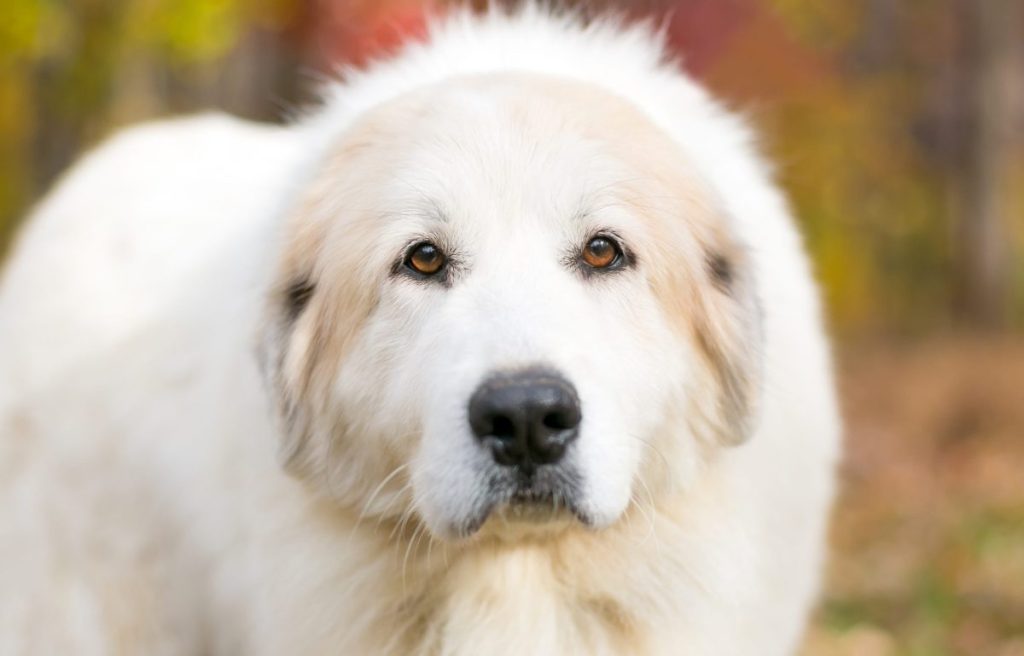The Pyrenean Mountain Dog, also known as the Great Pyrenees, is a large-to-giant-sized working dog originally bred to protect flocks and herds in the Pyrenees Mountains of France and Spain. Also called Le Chien de Montagne des Pyrenees in their native French, this gentle guardian stands up to 32 inches tall at the shoulder and can weigh up to 150 pounds. While fiercely…


